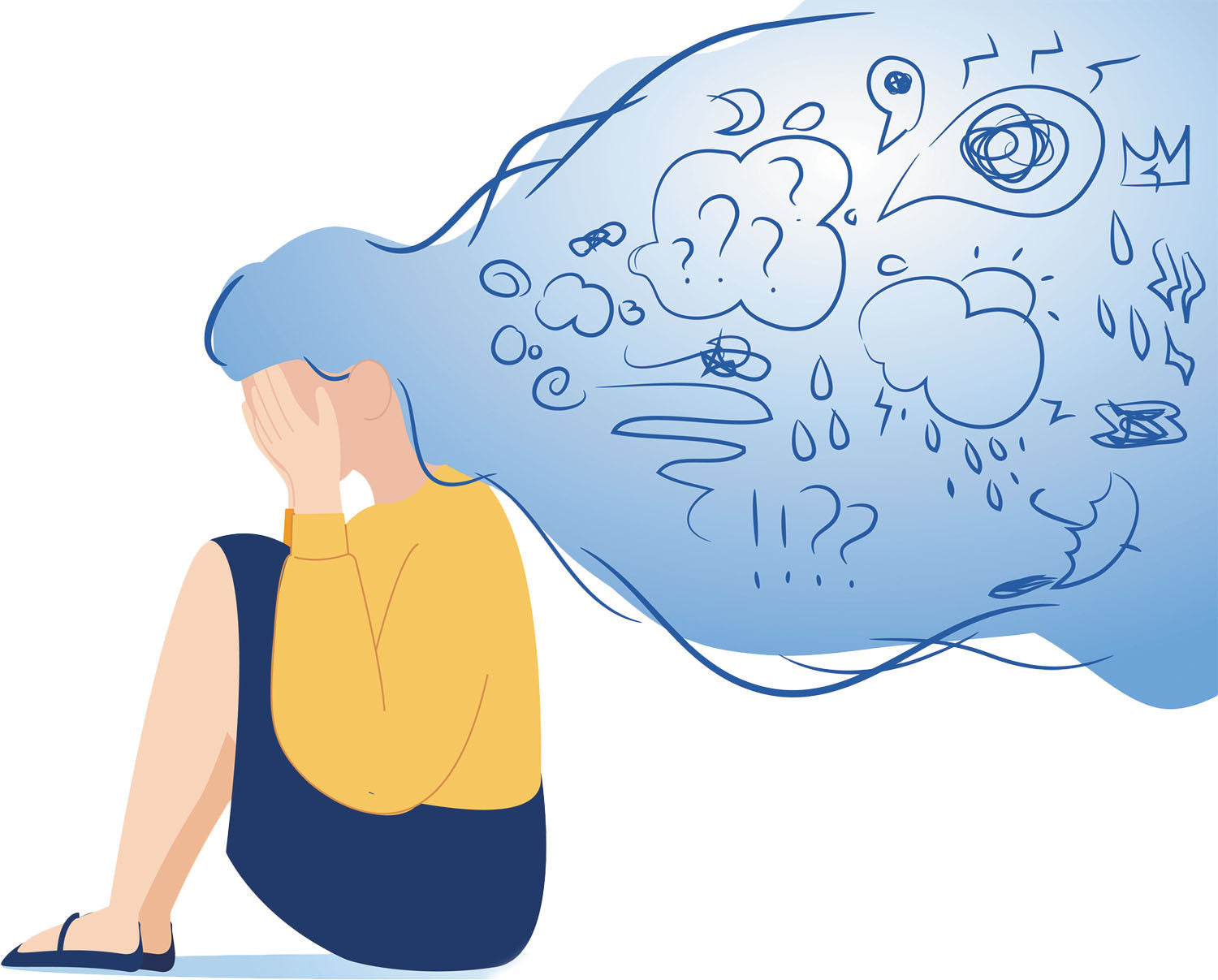I recently presented a talk at the GP Medical Conference titled “Emotions Cause Illness” — and I was thrilled to receive all 5-star reviews, with comments like “stunning” and “illuminating.” It was incredibly affirming to see the medical community so engaged and open to this topic. Given the overwhelmingly positive response, I wanted to share some of the key scientific insights with my readers — because the research is now crystal clear: emotions are a powerful driver in the development and progression of chronic illness.
The Evidence for Emotions Causing Illness
A growing body of peer-reviewed research is revealing just how significantly our emotional life influences physical health. In “Stress and Illness: A Role for Specific Emotions” (Levenson, 2019), the author explains that it’s not just generalised “stress” but specific emotional states — such as anger, shame, helplessness, or disgust — that have biologically measurable effects on our health. Levenson argues for the importance of looking beyond broad categories like “negative emotions” and examining how distinct emotional patterns influence disease, as well as how disease states can influence emotional function. This is what my Switch programme addresses - it specifically examines individual disorders and the emotion patterns that cause them, as well as the all-important step - techniques to release these emotions. 
Similarly, Slavich & Irwin (2014) describe how emotional stress triggers inflammatory responses that can compromise immune function and promote chronic disease. They explain that adverse emotional experiences activate brain networks linked to inflammation — a common underlying mechanism in conditions such as cardiovascular disease, autoimmune illness, and even cancer. This is also already in my Switch programme.
Further evidence comes from the Adverse Childhood Experiences (ACEs) study. In a meta-analysis by Hughes et al. (2017), individuals who experienced four or more adverse experiences in childhood (including emotional neglect, abuse, or household dysfunction) were found to have significantly higher risks for a wide range of health problems later in life.
The Somatic Marker Hypothesis, Murnan (2023), suggests that physical sensations in the body (such as tightness, pain, or fatigue) function as “somatic markers” — internal signals that help alert us to emotions or experiences that require attention. These sensations can become chronic if the emotional issues behind them remain unresolved.
The Physiology Behind Emotions Causing Illness
The biological mechanisms that link emotional stress to physical illness are becoming increasingly well understood.
One major pathway is through the hypothalamic-pituitary-adrenal (HPA) axis. Emotional distress triggers the release of cortisol, our primary stress hormone. Over time, chronic activation of this system can lead to cortisol dysregulation, which compromises immune function, disrupts sleep, impairs digestion, and slows down tissue repair — all of which make the body more prone to illness.
Another key player is the vagus nerve, which helps regulate heart rate, digestion, inflammation, and emotional states. When we’re emotionally well-regulated, the vagus nerve supports a state of calm and balance in the body. But when emotional distress becomes chronic, vagal tone can decrease, which has been linked to a wide range of inflammatory and autoimmune conditions.
Our bodies also store emotional experiences as “body memory.” Trauma often gets encoded in the form of muscle tension, posture imbalances, or chronic pain patterns. This is not just psychological — it’s neurochemical and physiological. Emotions that were never processed can literally become embedded in our tissues.
Neuropharmacologist Dr. Candace Pert, author of Molecules of Emotion explained:
“A feeling sparked in our mind—or body—will translate as a peptide being released somewhere. Organs, tissues, skin, muscle, and endocrine glands all have peptide receptors and can access and store emotional information... I think unexpressed emotions are literally lodged in the body. When those emotions are acknowledged and processed, the body’s natural healing systems — previously blocked — can finally begin to function again.”
Is it real or in the mind?
Emotions are not just fleeting feelings. They are deeply physiological events that shape your health. They influence your hormones, your immune system, your nervous system, your digestive tract — and even your genetic expression. And yet, in most healthcare settings, they are still either overlooked or reduced to vague categories like “stress” or “mental health.”
As Levenson (2019) points out, there is a clear need to differentiate specific emotional patterns and understand their direct role in the onset, progression, and recovery from disease. When we fail to recognise or process emotions, we risk allowing them to shape our biology in invisible but powerful ways.
This does not imply that any of the resulting physical conditions are "all in the mind" or "made up" or somehow flaky. They are real physical conditions. However, when we address the mind and emotions, there is a natural flow-on effect to creating physiological changes to physical health conditions.






